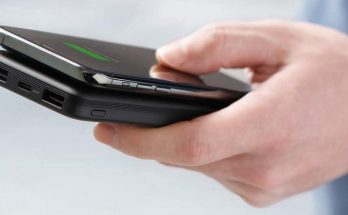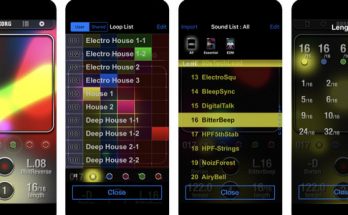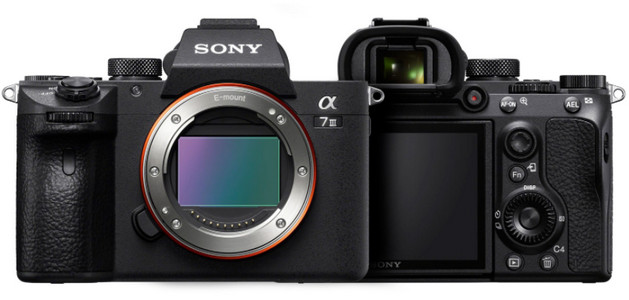
Bosh! Apple’s over-worked lawyers are off again, this time laying down a massive suit against HTC, claiming that the company is infringing 20 patents “related to the iPhone’s user interface, underlying architecture, and hardware.”
It’s a big one
It seems that Apple really went to town on this one, submitting over 700 pages of exhibits to the District Court, personally fingering the collars of a mass of HTC handsets, including the Nexus One, Touch Pro, Touch Diamond, Touch Pro2, Tilt II, Pure, Imagio, Dream / G1, myTouch 3G, Hero, HD2, and Droid Eris.
Confusing, that list covers both Android and Windows Mobile, some with, and some without HTC’s innovative Sense / TouchFLO user interface.
Steve Jobs, Apple’s head honcho, squinted his eyes in a Clint Eastwood manner and uttered:
We can sit by and watch competitors steal our patented inventions, or we can do something about it. We’ve decided to do something about it.
We think competition is healthy, but competitors should create their own original technology, not steal ours.
In all the excitement it seems Apple forgot to tell HTC’s lawyers, who only learnt of the impending case through the media, as they explained to Engadget:
We only learned of Apple’s actions based on your stories and Apple’s press release. We have not been served yet so we are in no position to comment on the claims. We respect and value patent rights but we are committed to defending our own innovations. We have been innovating and patenting our own technology for 13 years.
What about Palm?
The elephant in the room remains Palm, who curiously seem immune to Apple’s litigious frenzy, despite some very familiar features appearing on their Pre handset.
Some suspect that it’s because Palm – who have been in the smartphone game long before Apple rocked into town – own such a fearsome set of patents that any action against them could hurt Apple very badly indeed.
It’s also worth noting that HTC have been making smartphones for a considerable time too, so we could be seeing a counter suit flying over the horizon soon.

Gunning for Google?
With Google’s tight involvement with the Android OS and several of the disputed patents being software related, this could develop into a right Battle Royale, with the lawyers getting fat and consumers ultimately footing the bill for all these legal shenanigans.
Of course, some may take issue with the fact that such ludicrously broad patents are allowed in the first place, but that’s a discussion for another day.
The full patent infringement list
The DigitalDaily were one of the first to get their hands on the court documents, posting up a list of the patents at issue. Here they are for your reading pleasure.
- The ‘331 Patent, entitled “Time-Based, Non-Constant Translation Of User Interface Objects Between States,” was duly and legally issued on April 22, 2008 by the United States Patent and Trademark Office.
- The ‘949 Patent, entitled “Touch Screen Device, Method, And Graphical User Interface For Determining Commands By Applying Heuristics,” was duly and legally issued on January 20, 2009 by the United States Patent and Trademark Office. A copy of the ‘949 Patent is attached hereto as Exhibit B.
- The ‘849 Patent, entitled “Unlocking A Device By Performing Gestures On An Unlock Image,” was duly and legally issued on February 2, 2010 by the United States Patent and Trademark Office. A copy of the ‘849 Patent is attached hereto as Exhibit C.
- The ‘381 Patent, entitled “List Scrolling And Document Translation, Scaling, And Rotation On A Touch-Screen Display,” was duly and legally issued on December 23, 2008 by the United States Patent and Trademark Office. A copy of the ‘381 Patent is attached hereto as Exhibit D.
- The ‘726 Patent, entitled “System And Method For Managing Power Conditions Within A Digital Camera Device,” was duly and legally issued on July 6, 1999 by the United States Patent and Trademark Office. A copy of the ‘726 Patent is attached hereto as Exhibit E.
- The ‘076 Patent, entitled “Automated Response To And Sensing Of User Activity In Portable Devices,” was duly and legally issued on December 15, 2009 by the United States Patent and Trademark Office. A copy of the ‘076 Patent is attached hereto as Exhibit F.
- The ‘105 Patent, entitled “GMSK Signal Processors For Improved Communications Capacity And Quality,” was duly and legally issued on December 8, 1998 by the United States Patent and Trademark Office. A copy of the ‘105 Patent is attached hereto as Exhibit G.
- The ‘453 Patent, entitled “Conserving Power By Reducing Voltage Supplied To An Instruction-Processing Portion Of A Processor,” was duly and legally issued on June 3, 2008 by the United States Patent and Trademark Office. A copy of the ‘453 Patent is attached hereto as Exhibit H.
- The ‘599 Patent, entitled “Object-Oriented Graphic System,” was duly and legally issued on October 3, 1995 by the United States Patent and Trademark Office. A copy of the ‘599 Patent is attached hereto as Exhibit I.
- The ‘354 Patent, entitled “Object-Oriented Event Notification System With Listener Registration Of Both Interests And Methods,” was duly and legally issued on July 23, 2002 by the United States Patent and Trademark Office. A copy of the ‘354 Patent is attached hereto as Exhibit J.
Update: Apple vs HTC: a patent breakdown
Engadget is working on a point by point analysis of the patent claims above and has discovered that they range in date all the way back from range from 1995 to February 2. Yes, last month!
The most recent one seems a particularly big punt to us, as Engadget observes:
Patent #7,657,849: Unlocking A Device By Performing Gestures On An Unlock Image
This one’s cute ’cause it’s brand new — seriously, it was just granted on February 2. It’s almost exactly what it says on the tin: it covers unlocking a touchscreen device by moving an unlock image. It’s broad enough for us to say that it covers virtually every unlock behavior we’ve seen on phones, not just the iPhone’s slide-to-unlock implementation.
Read more here.


